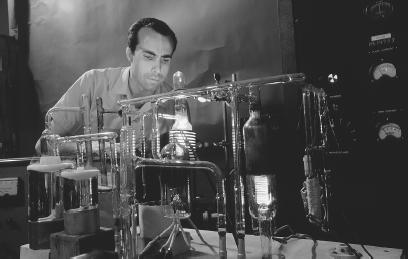Noble Gases - How it works
Defining the Noble Gases
The periodic table of elements is ordered by the number of protons in the nucleus of an atom for a given element (the atomic number), yet the chart is also arranged in such a way that elements with similar characteristics are grouped together. Such is the case with Group 8, which is sometimes called Group 18, a collection of non-metals known as the noble gases. The six noble gases are helium (He), neon (Ne), argon (Ar), krypton (Kr), xenon (Xe), and radon (Rn). Their atomic numbers are, respectively, 2, 10, 18, 36, 54, and 86.
Several characteristics, aside from their placement on the periodic table, define the noble gases. Obviously, all are gases, meaning that they only form liquids or solids at extremely low temperatures—temperatures that, on Earth at least, are usually only achieved in a laboratory. They are colorless, odorless, and tasteless, as well as monatomic—meaning that they exist as individual atoms, rather than in molecules. (By contrast, atoms of oxygen—another gas, though not among this group—usually combine to form a molecule, O 2 .)
Low Reactivity
There is a reason why noble gas atoms tend not to combine: one of the defining characteristics of the noble gas "family" is their lack of chemical reactivity. Rather than reacting to, or bonding with, other elements, the noble gases tend to remain apart—hence the name "noble," implying someone or something that is set apart from the crowd, as it were. Due to their apparent lack of reactivity, the noble gases—also known as the rare gases—were once known as the inert gases.
Indeed, helium, neon, and argon have not been found to combine with other elements to form compounds. However, in 1962 English chemist Neil Bartlett (1932-) succeeded in preparing a compound of xenon with platinum and fluorine (XePtF 6 ), thus overturning the idea that the noble gases were entirely "inert." Since that time, numerous compounds of xenon with other elements, most notably oxygen and fluorine, have been developed. Fluorine has also been used to form simple compounds with krypton and radon.
Nonetheless, low reactivity—instead of no reactivity, as had formerly been thought—characterizes the rare gases. One of the factors governing the reactivity of an element is its electron configuration, and the electrons of the noble gases are arranged in such a way as to discourage bonding with other elements.

Comment about this article, ask questions, or add new information about this topic: